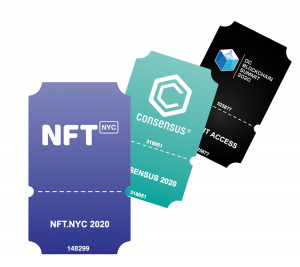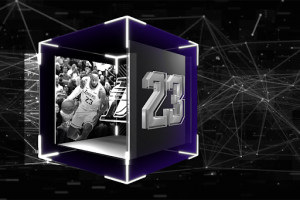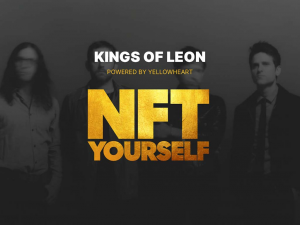Introduction
Centralized digital asset exchanges often act as an introduction to the cryptocurrency and blockchain industry for new entrants. Because of the large number of available exchanges, users must carry out due diligence in order to find the one that fits them best. Security, liquidity, and scalability are the main topics to focus on when doing the initial screening. Nonetheless, several other (secondary) factors should be considered in order to avoid the regret of choosing an exchange that is unfit for one’s needs. Usability [1] for example, is one of them. We will now turn our attention to the features that complement the initial process of choosing an exchange: add-ons or extra exchange features.
Add-ons can include a wide variety of features, and although no feature is necessarily better than another, having the opportunity to integrate a majority of them can play a big part in the user experience.
Main digital asset exchange features
Let us review some of the key complimentary features that make an exchange stand out from its competitors:
- Fiat-to-crypto and crypto-to-crypto support. Most newcomers constantly struggle with the fiat to cryptocurrency gateway. It is not uncommon for an exchange to provide only fiat-to-crypto service in a few pairs, but low crypto-to-crypto trading, or vice versa. Providing an ample and seamless offer to switch between these currencies can make a world of difference. Additionally, the fee cost and time consumed can deter low-balance retail traders from utilizing an exchange.
- Support for multiple platforms. In a world characterized by the use of mobile devices and simplicity, exchanges that can’t adapt to support several platforms besides web format (mobile iOS and Android, for example) run at a disadvantage when seeking to capture new users (or trying to maintain established ones).
- Margin, options and futures trading. Margin, options and futures trading opens the door to much needed functionalities. The ability to hedge, diversify, and magnify gains are necessary (though not sufficient) conditions for attracting experienced traders to your exchange. Benefits that come with this type of trading include (but are not limited) to liquidity, price discovery, and reduced market volatility. You can find more on margin trading, options and futures on our blog [2][3].
- API Integration. Managing liquidity through the interconnection of exchanges plays a major role in the success of any exchange. Offering API integration serves as an incentive mechanism for more experienced players (institutional investors and market makers) that can leverage their existing strategies in the digital asset space. Similarly, as algorithmic trading emcompasses more and more of the transaction volumes [quote], transaction volume records can be achieved by offering this feature.
Other important features surveyed from customer tickets and other exchanges include:
|
|
|
|
|
|
|
|
SCALABLE
Needless to say, it is not easy for an exchange to have all of the user-required features; usually, constant trade-offs arise showcasing vulnerabilities in digital asset exchanges. At Scalable we take pride in our search for constant improvement. Our clients have the support of several teams encompassing hundreds of developers, ready to take on any request. In the case of features, we provide a majority of the ones mentioned above and can cater to custom client needs, as well. Our focus is multiple; our robust exchange, deep liquidity and secure custody live harmoniously without disregarding the features that make the user experience a great one.
Request a demo to see the technology for yourself.
References
[1] “Usability: Is Your Digital Asset Exchange User Friendly?” Resources, Scalable Solutions, 8 March 2021, http://scalablesolutions.io/news/usability-is-your-digital-asset-exchange-user-friendly/.
[2] “Margin Trading and Why Do We Need It.” Resources, Scalable Solutions, 14 Jan. 2021, scalablesolutions.io/news/margin-trading-and-why-do-we-need-it/.
[3] “Options and Futures: Good, Bad, Necessary? .” Resources, Scalable Solutions, 15 Jan. 2021, scalablesolutions.io/news/options-and-futures-good-bad-necessary/.



